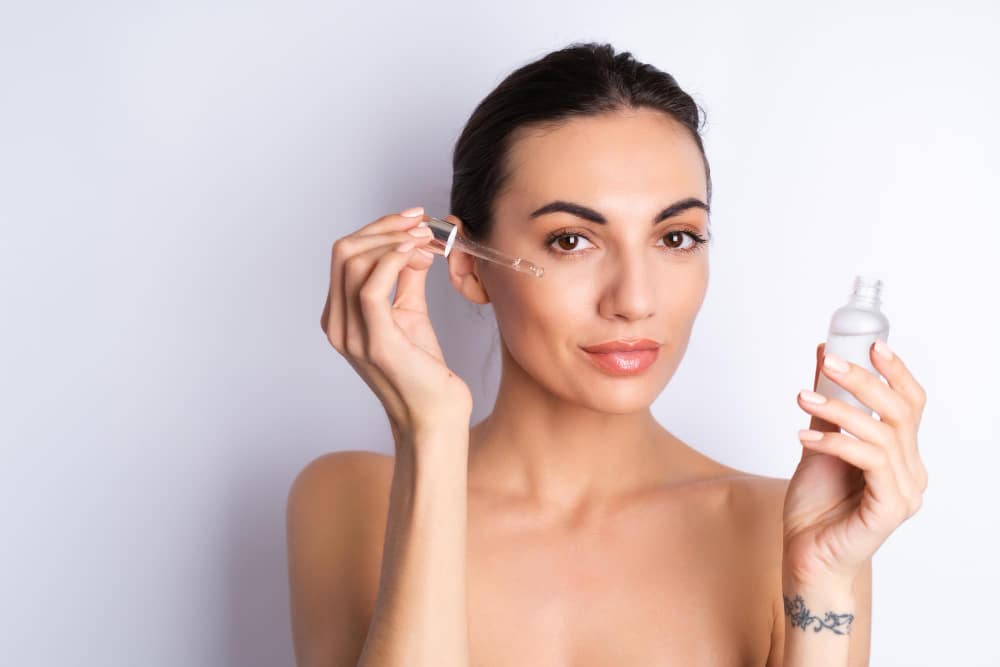
In the realm of non-surgical aesthetic procedures, the liquid facelift has emerged as a leading trend. Combining advanced dermal fillers like Fillmed, Restylane, Pluryal, Juvéderm, and Radiesse, alongside hydrating fillers such as Profhilo, and neurotoxins like Botox (botulinum toxin A) or Dysport, the liquid facelift aims to rejuvenate facial appearance without the need for surgery. While some versions of the liquid facelift omit neurotoxins, the procedure is primarily focused on enhancing facial contours and reducing signs of aging.
A liquid facelift is a non-surgical cosmetic procedure designed to rejuvenate and enhance facial appearance using injectable treatments. Unlike traditional facelift surgery, which involves surgical incisions and tissue manipulation, a liquid facelift achieves its effects through strategically placed injections of dermal fillers and sometimes neurotoxins.
During a liquid facelift procedure, the chosen fillers and neurotoxins are strategically injected into targeted areas of the face. The injections are precise, aiming to:
While a liquid facelift offers significant benefits, it’s important to note:
The popularity of liquid facelifts continues to grow due to their effectiveness in rejuvenating facial appearance with minimal downtime and risks. By combining different types of injectables strategically, healthcare providers can tailor treatments to meet diverse aesthetic goals. For anyone considering a liquid facelift, consulting with a qualified provider is essential to determine suitability, discuss expectations, and plan a personalized treatment approach.
Join our newsletter to receive latest news and offers

Medicle MD Ltd
Reg. Number: 14317237
Address: 27 Old Gloucester Street,
WC1N 3AX London,
United Kingdom